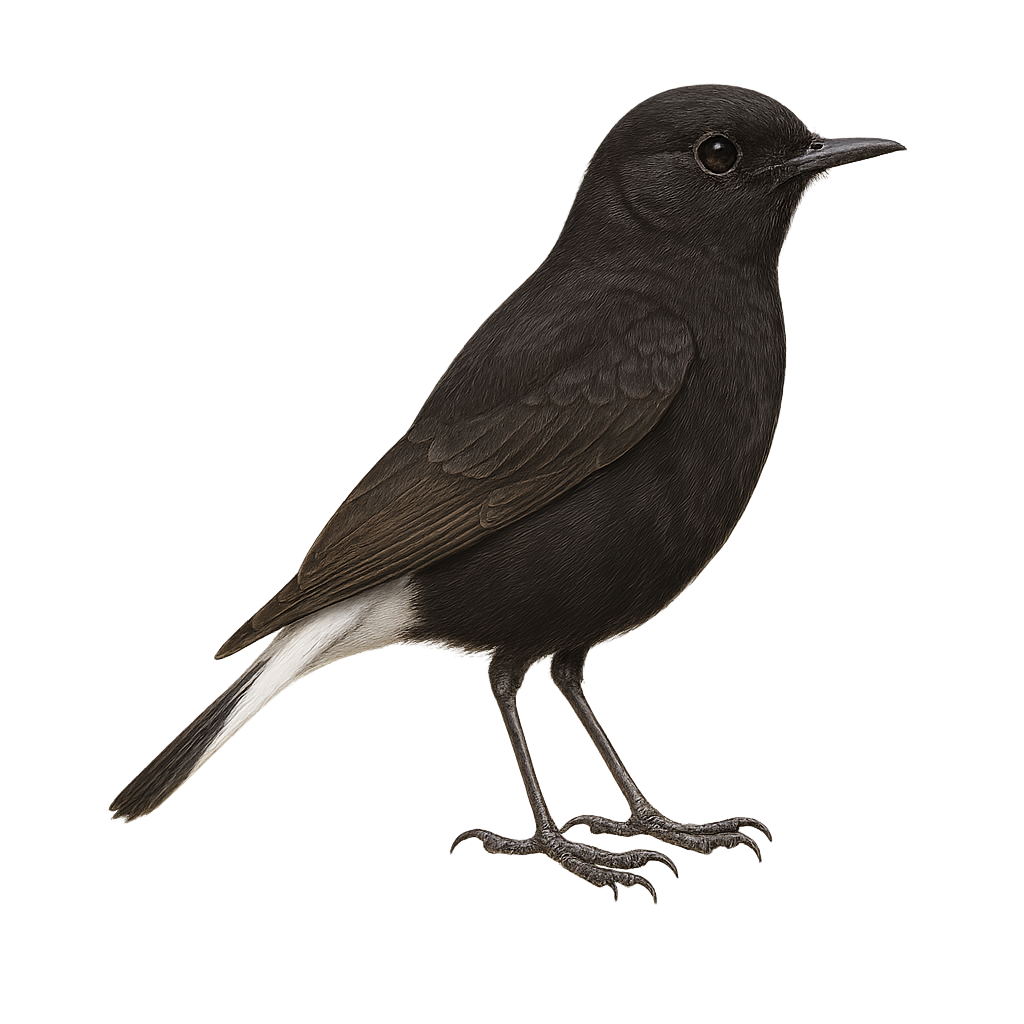Your wildlife photography guide.
Explore the black wheatear in detail, study its behavior, prepare your shots.
Where to observe and photograph the black wheatear in the wild
Learn where and when to spot the black wheatear in the wild, how to identify the species based on distinctive features, and what natural environments it inhabits. The WildlifePhotographer app offers tailored photography tips that reflect the black wheatear’s behavior, helping you capture better wildlife images. Explore the full species profile for key information including description, habitat, active periods, and approach techniques.
Black Wheatear
Scientific name: Oenanthe leucura

IUCN Status: Least Concern
Family: MUSCICAPIDAE
Group: Birds
Sensitivity to human approach: Suspicious
Minimum approach distance: 10 m
Courtship display: March to May
Incubation: 12-14 jours
Hatchings: March to June
Habitat:
arid regions, rocky areas, dry hills
Activity period :
Primarily active during the day, with peak activity in the morning and late afternoon.
Identification and description:
The Black Wheatear, Oenanthe leucura, is a bird from the Muscicapidae family. It is predominantly black with a distinctive white tail. Found in arid and rocky regions of southern Europe and northern Africa, this bird is known for its territorial behavior and adaptability to harsh environments. The Black Wheatear primarily feeds on insects and small invertebrates. It nests in crevices or holes in rocks, typically laying 4 to 5 eggs. Although its habitat is sometimes threatened by human activity, it is currently classified as of least concern by the IUCN.
Recommended lens:
400 mm – adjust based on distance, desired framing (portrait or habitat), and approach conditions.
Photography tips:
To photograph the Black Wheatear, it is advisable to use a lens of 400mm or more to capture precise details without disturbing the bird. Look for rocky areas where it is likely to perch. Morning or late afternoon light is ideal for well-lit and contrasted images. Be patient and discreet, as although this bird is suspicious, it can get used to your presence if you remain still.
The WildlifePhotographer App is coming soon!
Be the first to explore the best nature spots, track rutting seasons, log your observations, and observe more wildlife.
Already 1 432 wildlife lovers subscribed worldwide

